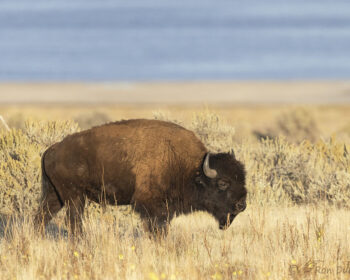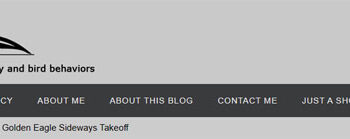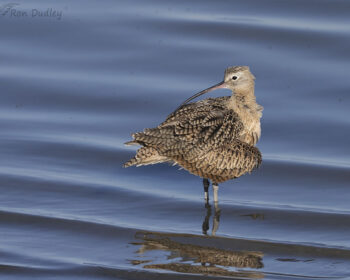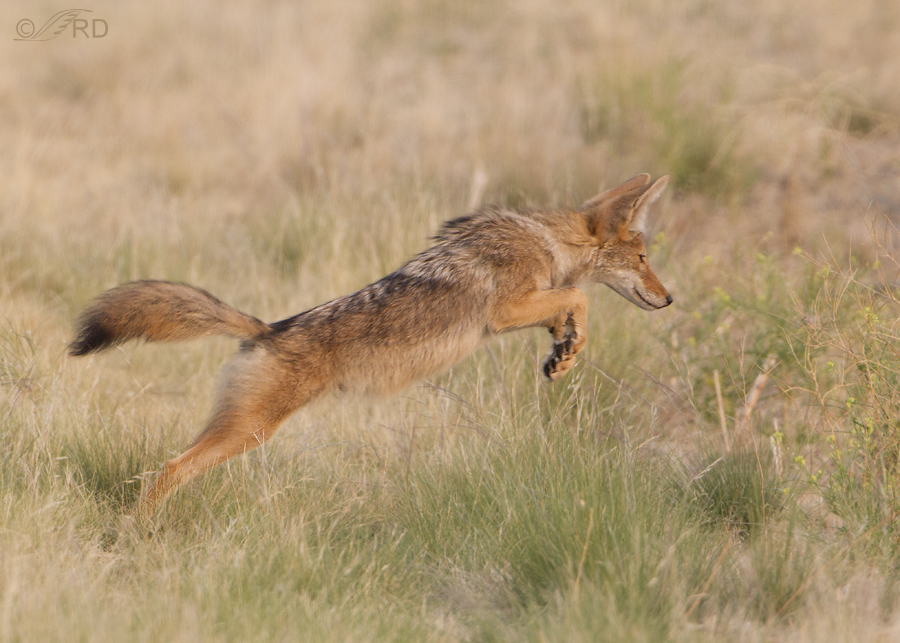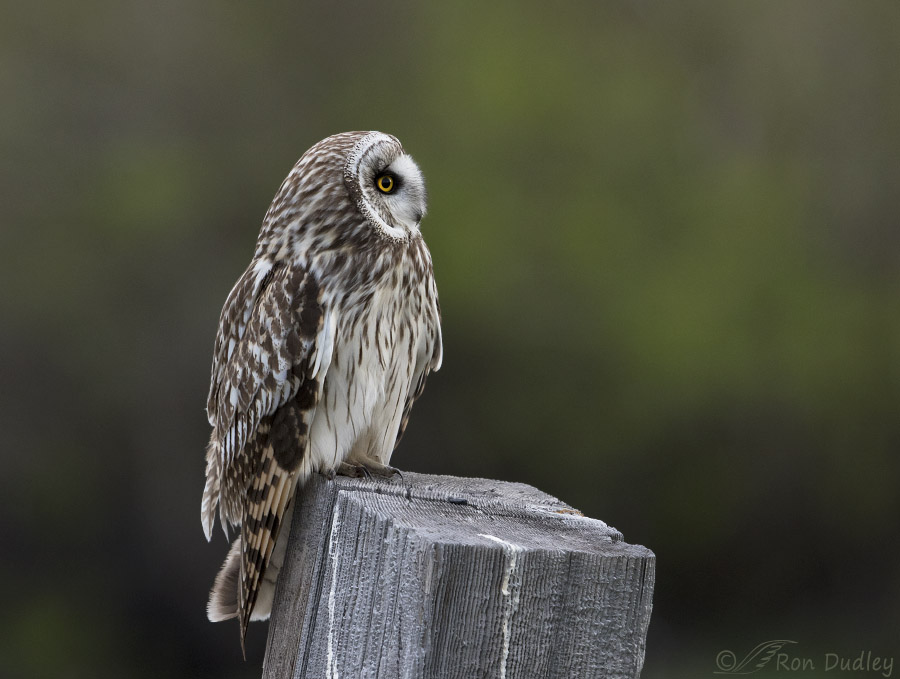Tag: utah state parks
An Unfortunate Turn Of Events For Feathered Photography
Long-billed Curlew Along The Antelope Island Causeway
Are Predator Control Practices Used On Antelope Island Coyotes?
Short-eared Owl – A Matter Of Breaking Another “Rule”
A Banner Year For Coyotes On Antelope Island
If you think this coyote looks befuddled, you’re right. 1/1250, f/7.1/, ISO 400, 100-400 @115mm As it crossed the road right in front of me (about two weeks ago) it suddenly stopped in complete bewilderment because it could feel something on the left side of its neck, but when it turned to investigate the young coyote apparently couldn’t see what it was because the object was too close to its head and it was hidden in the crease of the neck. 1/1250, f/7.1/, ISO 400, 100-400 @115mm The offending object was a clump of grass which I could finally see when the coyote was able to nudge the bottom of the clump with its jaw and push it up where it was visible. 1/1650, f/7.1/, ISO 400, 100-400 @115mm The youngster finally got the grass clump pulled away from its fur, held it for a few moments in triumph and then unceremoniously dropped it and continued across the road… 1/800, f/6.3/, ISO 400, 100-400 @180mm where it captured a vole in less than two minutes. 1/640, f/5.6/, ISO 640, 500 f/4, 1.4 tc About a week ago I found this coyote staring at me in the early morning light. I love this warm light in the grassy setting. To me it almost looks like the coyote is smiling at me. 1/640, f/7.1/, ISO 640, 500 f/4, 1.4 tc And on the same morning, about 20 minutes later, another coyote crossed the road in front of me and proceeded to…
Antelope Island – A Smorgasbord For Coyotes
A lot of folks don’t like coyotes but I’m in a different camp. I have great admiration for their adaptability, hunting skills, intelligence and communication abilities. Over the past few years I’ve had many opportunities to observe their behaviors on Antelope Island which has made me an even bigger fan of this amazing canid. To watch a coyote hunt is a fascinating experience. This post is meant as a documentation of the opportunistic feeding tendencies of the species rather than as a showcase for technically perfect photos. Getting clear shots of any mammal on the ground (as opposed to perched or flying birds) is a rarity because of all of the grasses, sunflowers, sagebrush, rabbitbrush and moth mullein the photographer has to shoot through on the island. So there’s lots of “stuff” in front of the coyote in some of these shots and a couple of them are sizeable crops but I think their prey tendencies are documented reasonably well by the images. 1/2000, f/7.1, ISO 500, 500 f/4, 1.4 tc Coyotes eat a lot of voles – prodigious numbers of them in fact. I’ve seen a single animal catch and consume 4-5 voles in the same area within just a few minutes and I’ve seen it several times. 1/1000, f/6.3, ISO 500, 500 f/4, 1.4 tc But they’ll also take birds when they can catch them. This coyote was returning from the lake shoreline with an unusual prize – some kind of waterfowl. From the position of the leg attachment at the back of the body I’d guess…


